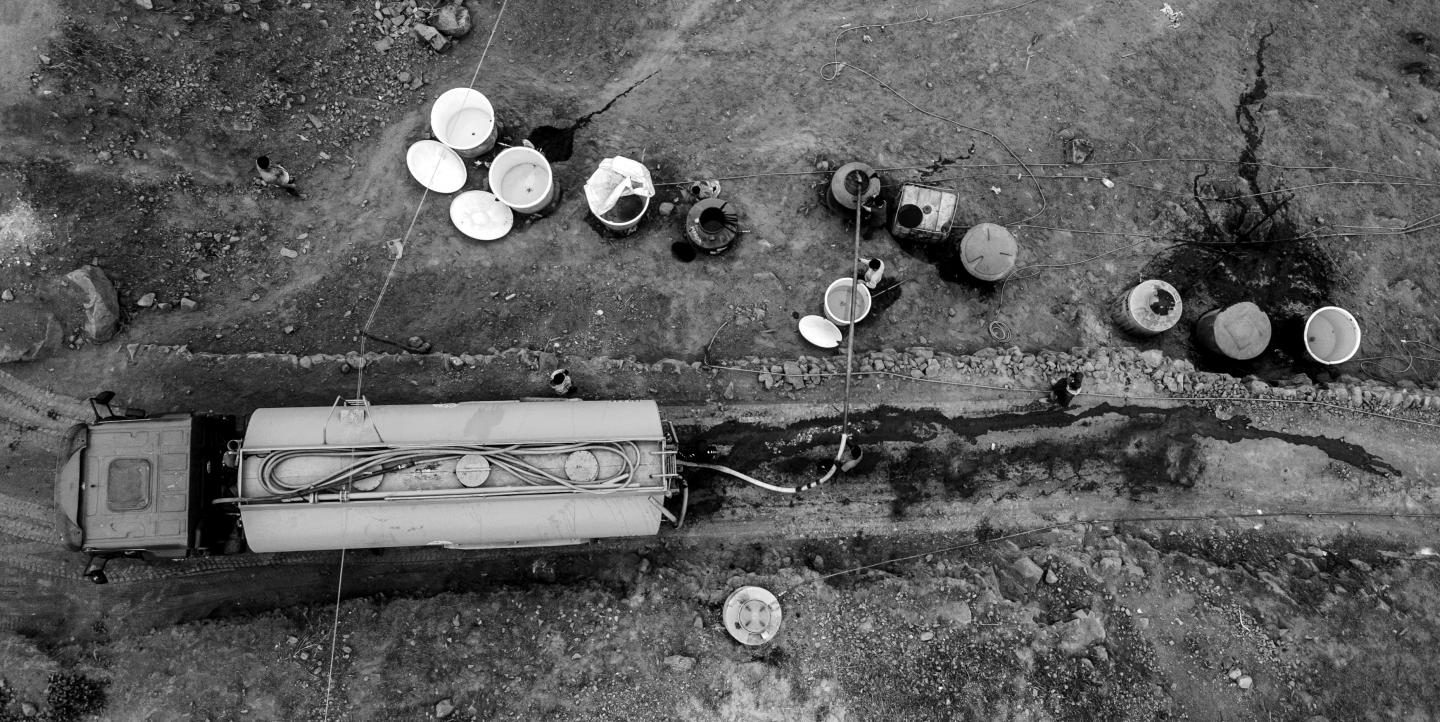This article is part of our online coverage of reporting on COVID-19. To see more resources, click here.
The news media has been hit hard by COVID-19. Advertising revenues have plummeted, bringing an already struggling industry to an ever more tenuous state. Outlets have frozen hiring, downsized and closed up shop. Opportunities for journalists are even fewer and farther between than they were at the start of the year.
One bright spot amid these discouraging developments has been the emergence of relief and emergency funds for reporters covering COVID-19. Organizations including the European Journalism Centre, the Fund for Investigative Journalism and Women Photograph have all stepped to the plate to support journalists covering the pandemic. IJNet’s parent organization, ICFJ, with Facebook's support, has launched relief funds in four major world regions.
In late March, the National Geographic Society launched its own emergency fund to support reporting on COVID-19 all around the world. The global fund has supported over 100 storytelling projects in more than 50 countries to date. Through the fund, the National Geographic Society supports local journalists’ efforts to bring important information on the novel coronavirus to vulnerable and underserved populations.
The projects have brought to light certain major recurring themes, said Kaitlin Yarnall, senior vice president and chief storytelling officer at the National Geographic Society.
[Read more: National Geographic photojournalism collection spotlights everyday lives of women]
“I was shocked by how similar a lot of the stories were. The characters were different, but themes emerged. Themes of homelessness all over the world, [for example] — whether that was migrant workers in India who didn't have a home or whether it was the homeless like we traditionally see it in the Bay Area of California,” she said. Education, food insecurity and water scarcity have also been major issues across the projects, Yarnall added.
One fund recipient and National Geographic Explorer, photojournalist Musuk Nolte, planned to document water scarcity on the outskirts of Lima, Peru during the pandemic. His work has captured not just this issue, but the many others at play as well in these communities.
“I arrived with the idea of working only in relation to water deprivation, but I understood that in this and many other communities, the virus is one in a pile of different problems that they have to face,” Nolte told IJNet. “For example, ensuring enough money for daily food was, of course, more important than anything else.”
His photos have made their way into the Peruvian investigative news site, Ojo Publico. They have already generated an impact.
In one case, the media visibility pressured a local water company to reestablish water delivery to families that hadn’t received a supply in more than a week, he said. In another instance, Nolte’s photos brought attention to a lack of water distribution in a district south of Lima. Following the photos’ publication, residents told Nolte that water trucks began to appear more regularly.
[Read more: Journalist Sarah Biryomumaisho talks COVID-19's impact on media in Uganda]
Nolte hopes his photos spark greater appreciation for the virus’ devastating consequences in local communities. “Getting to know the people, each individually, who are having a hard time and getting closer to their stories, opens the possibility of understanding what is happening globally from a local perspective,” he said.
Another fund recipient, writer Sophie Cousins, has been covering the effects of COVID-19 on Australia's Indigenous communities.
“Looking back at what happened with the Swine flu pandemic in 2009, which resulted in Indigenous peoples suffering a death rate around six times higher than the non-Indigenous population, I was incredibly fearful of the impact COVID-19 could have on our Aboriginal and Torres Strait Islander populations,” said Cousins. “I wanted to be there to document that.”
Fortunately, Australia has responded effectively to the virus, and COVID-19 hasn’t gained a foothold in any of the country's remote and rural Aboriginal and Torres Strait Islander communities, Cousins noted.
Cousins has spent much of her time in the town of Wilcannia, reporting on the Barkindji people. She has withstood some of the familiar obstacles reporters are facing today to carry out her work.
“There were initially quite a lot of challenges around organizing travel within Australia as most states and territories shut their borders,” she said. “I had to choose another Aboriginal community to focus my work on, rather than visiting the community I had planned on which required crossing state borders.”
Cousins’ work has been published in the London Review of Books, Foreign Policy and SBS News. She is also writing a book on building back a better, more just Australia post-pandemic, to be published early next year.
One key to her work has been a commitment to focusing on the bigger picture at play. “I wanted to make sure my reporting didn't just focus on the pandemic but asked broader questions such as: why are Indigenous Australians so vulnerable to this virus?” she said.
Projects like Cousins’ and Nolte’s contribute to what the National Geographic Society hopes will be an illuminating snapshot of this difficult time, in all its manifestations.
“It's going to be this time capsule of this moment in time of what the world looked like,” said Yarnall. “There’s something to be done with all of the work. Themes are going to emerge, and they’re not as different as we think they are.”
The National Geographic Society plans to keep the emergency fund open until the fall.
David Maas is the manager of IJNet.
Main image of a water tanker in Villa Maria del Triunfo, a district south of Lima, Peru, where a large number of people live without access to drinking water, a situation made worse by the COVID-19 outbreak. Credit: Musuk Nolte.


